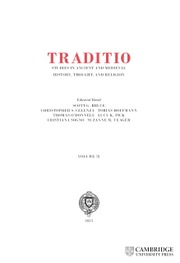An Environmental History of Medieval Europe
As the very first book of its kind, An Environmental History of Medieval Europe provides a highly original survey of medieval relations with the natural world. Engaging with the interdisciplinary enterprise of environmental history, it examines the way in which natural forces affected people, how people changed their surroundings, and how they thought about the world around them. Exploring key themes in medieval history – including the decline of Rome, religious doctrine, and the long fourteenth century – Hoffmann draws fresh conclusions about enduring questions regarding agrarian economies, tenurial rights, technology and urbanization. Revealing the significance of the natural world on events previously thought of as purely human, the book explores issues including the treatment of animals, sustainability, epidemic disease and climate change, and by introducing medieval history in the context of social ecology, brings the natural world into historiography as an agent and object of history itself.
- The first overview of medieval Europeans' relationships with the natural world, presenting important new insights into how people shaped and were shaped by their environment
- Surveys current scholarly literature as well as new insights from the author's own research
- Structures narratives of medieval history around ecological and other principles of environmental studies, using an interdisciplinary approach which crosses the boundaries between social and natural sciences
Reviews & endorsements
"Contains the wisdom, and embodies the experience, gained from a career spent presenting this most interdisciplinary of subjects to classes of humanities students shy of science and nervous of numbers. The result is an accessible, readable and thought-provoking book with which any historian, environmental or otherwise, ought to be able to engage."
Bruce M. S. Campbell, The English Historical Review
'… [Richard Hoffman] has provided a rich overview of medieval daily life and thought with regard to the natural environment. He does not only focus on the interaction between nature and humans, but also contextualizes his findings in a larger framework of economic and social history, and the histories of law and mentalities. The book will serve as a readable introduction for students and scholars of medieval history, as well as enable specialists in environmental history to build on his work … an essential book and a work to use as a reference for all medievalists and environmental historians.' Christian Rohr, Speculum
Product details
May 2014Adobe eBook Reader
9781139898065
0 pages
0kg
29 b/w illus. 14 maps
This ISBN is for an eBook version which is distributed on our behalf by a third party.
Table of Contents
- Introduction: thinking about medieval Europeans in their natural world
- 1. Long no wilderness
- 2. Intersecting instabilities: culture and nature at medieval beginnings (c.400–900)
- 3. Humankind and God's creation in medieval minds
- 4. Medieval land use and the formation of traditional European landscapes
- 5. Medieval use, management, and sustainability of local ecosystems 1: primary biological production sectors
- 6. Medieval use, management, and sustainability of local ecosystems 2: interactions with the non-living environment
- 7. 'This belongs to me …'
- 8. Suffering the uncomprehended: disease as a natural agent
- 9. An inconstant planet, seen and unseen, under foot and overhead
- 10. A slow end of medieval environmental relations
- Afterword.

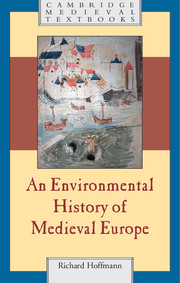
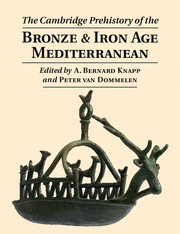
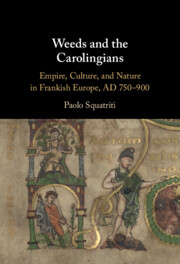

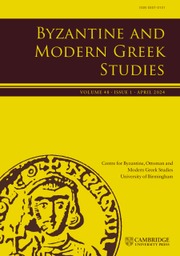
.jpg)
